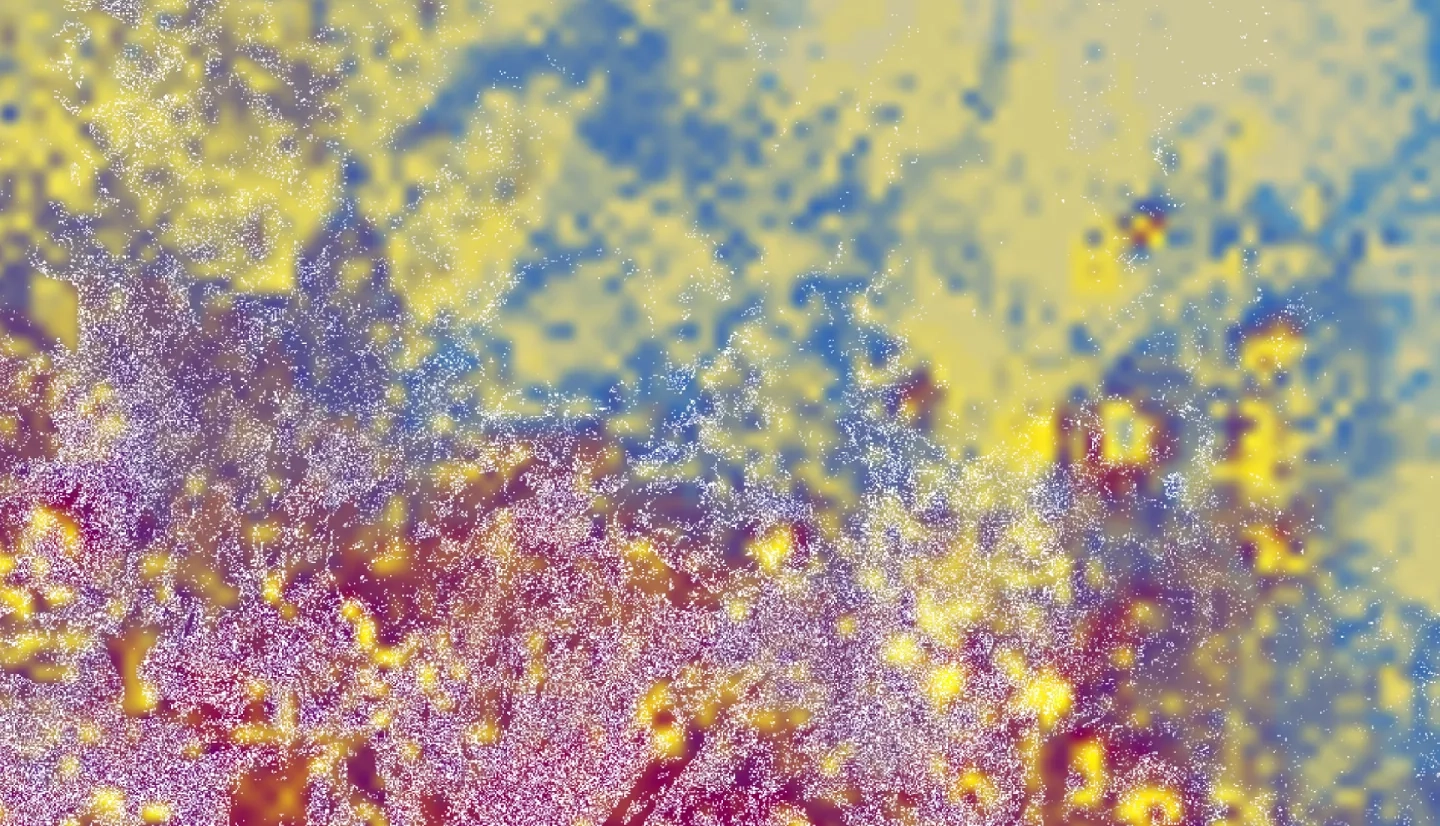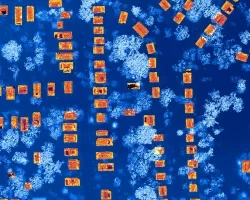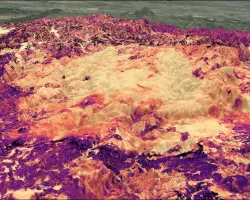Arizona Water Resources (Spring 2022)
Team: Margaret Jaenicke (Project Lead), Anne Britton, Abbi Brown, Liam Megraw
Summary: Pinyon-juniper woodlands (PJW) are a vital habitat and food source for several wildlife species and a source of both utility and cultural importance for Indigenous groups. In 2021, amidst a decades-long drought, an extensive juniper mortality event occurred at Wupatki National Monument (WNM) in Arizona. In response, the National Park Service (NPS) is evaluating which land management practices will be beneficial. In partnership with the NPS, the NASA DEVELOP team used remote sensing data to map PJW mortality and analyze the relation of tree mortality to stand density, climate, and topography in north-central Arizona from 2015 to 2021. To identify the extent of PJW, the team performed an unsupervised classification using National Agricultural Imagery Program (NAIP) data with validation sources including NPS-created land cover maps, Landscape Fire and Resource Management Planning Tools (LANDFIRE), NPS, and United States Forest Service (USFS) vegetation maps, and Landsat 8 Operational Land Imager (OLI) and Thermal Infrared Sensor (TIRS) data. Terra Moderate Resolution Imaging Spectroradiometer (MODIS), Global Precipitation Measurement (GPM) Integrated Multi-satellite Retrievals for GPM (IMERG), Soil Moisture Active Passive (SMAP), Shuttle Radar Topography Mission (SRTM), and Landsat 8-derived Normalized Difference Vegetation Index (NDVI) and Normalized Difference Moisture Index (NDMI) were used to analyze factors contributing to pinyon-juniper mortality. Although no relationships were found in the broader study region, PJW mortality was weakly correlated to elevation, soil moisture, and land surface temperature within WNM. Results from this study can inform NPS vegetation management that best protects natural and cultural resources.



